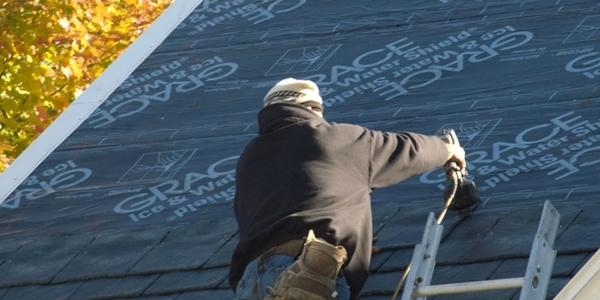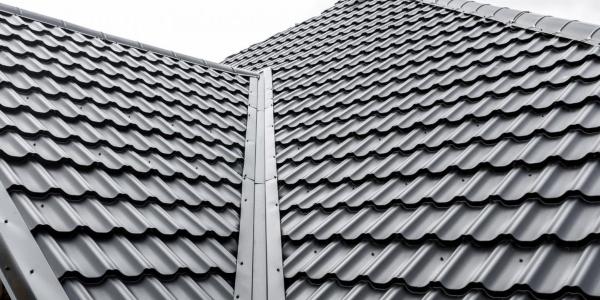The Most Important Aspect of Roofing - Part 1

By Lauren White.
Attic ventilation is the key to your roof’s long and healthy life.
Ventilation systems are a necessity in attics. Their purpose is to, “allow fresh air to enter the attic and excess heat and moisture to escape,” according to the Roof Saver Ridge Vent eBook. The International Building Code, which “provides safeguards from hazards associated with the built environment,” also requires attic ventilation. Typically, a ridge vent is installed along the roof ridge, providing adequate ventilation without the unsightly view of pot vents and fans.
Where is the roof ridge located? The roof ridge runs horizontally along the entire length of the roof where the two planes meet. According to the anatomy of a roof provided by Owens Corning®, “This intersection creates the highest point on a roof, sometimes referred to as the peak.” And what is a ridge vent? “A ridge vent is an exhaust vent that runs horizontally along the peak of the roof allowing warm, humid air to escape from the attic,” as explained by Owens Corning.
In the summer, proper ventilation helps keep attics cooler, while in the winter, ventilation reduces moisture and prevents the formation of ice dams. Without the proper ventilation, heat buildup in the summer can cause premature aging and cracking in wood and other roofing materials. This additional heat can also find its way into living areas, increasing the temperature to an uncomfortable level and reducing energy efficiency in the home. During the colder months, warm air that is generated through everyday activities, like doing laundry and showering, can cause moisture buildup in the attic.
There are two places where moisture originates. The first source is bulk water from heavy rains and other extreme weather. The roof may not let any moisture in during the storm, but some water can remain on the roof and eventually penetrate through the surface, finding its way inside your home. If measures aren’t taken during the roof installation to provide proper ventilation, this moisture infiltrator can destroy a roof.
The other source of moisture comes from inside the home. Every day a family of four produces two to four gallons of water vapor from cooking, bathing and laundry. Over a gallon is produced simply from breathing and perspiration. That’s 14-28 gallons of water vapor per week! Through the stack effect, the principal of hot air rising, the water vapor rises with the warm air to the attic, which is a cooler, drier location. This moisture can then enter through various parts of the living area that aren’t properly sealed, such as attic access points, ductwork and recessed lights.
If this moisture isn’t properly expelled from the attic, it will “...collect and cling to the underside of the roof. The moisture will condense and fall, soaking the attic insulation and reducing its efficiency,” GAF explains. Over time it can develop into mold, mildew, or wood rot, which then compromises the quality of the air quality inside your home. Low-slope roofs have less of an ability to shed water and are therefore more prone to damage. To avoid trapping that moisture and causing mold and mildew growth, ventilation is needed.
A good ventilation system is a balanced ventilation system. If the hot air and moisture cannot escape through the attic, this can cause premature aging of your roofing system, which can result in warping, cracking, damage to siding, wallpaper, paint on the interior or exterior, and can cause higher energy costs. To create consistent airflow through the attic, intake and exhaust are needed. Eave and soffit vents are usually used for intake purposes, while exhaust is achieved through vents in the gables, deck or ridge. The intake and exhaust must be a balanced system in order for the stale air to cycle out through the natural convection system that’s created. The balanced system eliminates the chances of damage due to moisture.
In part 2, we will examine how contractors create a balanced system and part 3 will cover myths and common mistakes when it comes to attic ventilation.
Have a question? AskARoofer.
Find your local roofing contractor in the RoofersCoffeeShop® Contractor Directory.
About Lauren
Lauren White is the assistant editor for RoofersCoffeeShop® and a contributing writer and editor for AskARoofer™. When she’s not writing and editing articles, she’s adventuring with her puppy. Learn more about her here.









Comments
Leave a Reply
Have an account? Login to leave a comment!
Sign In